Then is it correct to say that of NLogN the complexity class is N
since N grows faster than LogN?
No, when you omit you should omit a TERM. When you have NLgN it is, as a whole, called a term. As of what you're suggesting then: NNN = (N^2)*N. And since N^2 has bigger growth rate we omit N. Which is completely WRONG. The order is N^3 not N^2. And NLgN works in the same manner. You only omit when the term is added/subtracted.
For example, NLgN + N = NLgN because it has faster growth than N.
The problem I'm trying to solve is that if configuration A consists of
a fast algorithm that takes 5NLogN operations to sort a list on a
computer that runs 10^6 operations per seconds and configuration B
consists of a slow algorithm that takes N**2 operations to sort a list
and is run on a computer that runs 10^9 operations per second. for
smaller arrays configuration 1 is faster, but for larger arrays
configuration 2 is better. For what size of array does this transition
occur?
This CANNOT be true. It is the absolute OPPOSITE. For small N values the faster computer with N^2 is better. For very large N the slower computer with NLgN is better.
Where is the point? Well, the second computer is 1000 times faster than the first one. So they will be equal in speed when N^2 = 1000NLgN which solves to N~=14,500. So for N<14,500 then N^2 will go faster (since the computer is 1000 times faster) but for N>14,500 the slower computer will be much faster. Now imagine N=1,000,000. The faster computer will need 50 times more than what the slower computer needs because N^2 = 50,000 NLgN and it is 1000 times faster.
Note: the calculations were made using the Big O where constant factors are omitted. And the logarithm used is of the base 2. In algorithms complexity analysis we usually use LgN not LogN where LgN is log N to the base 2 and LogN is log N to the base 10.
However, referring to CLRS (good book, I recommend reading it) the Big O defines as:

Take a look at this graph for better understanding:

It is all about N > No. So all the rules of the Big O notation are valid FOR BIG VALUES OF N. For small N it is NOT necessarily correct. I mean, for N=5 it is not necessary that the Big O will give a close approximation on the running time.
I hope this gives a good answer for the question.
Reference: Chapter3, Section1, [CLRS] Introduction To Algorithms, 3rd Edition.

